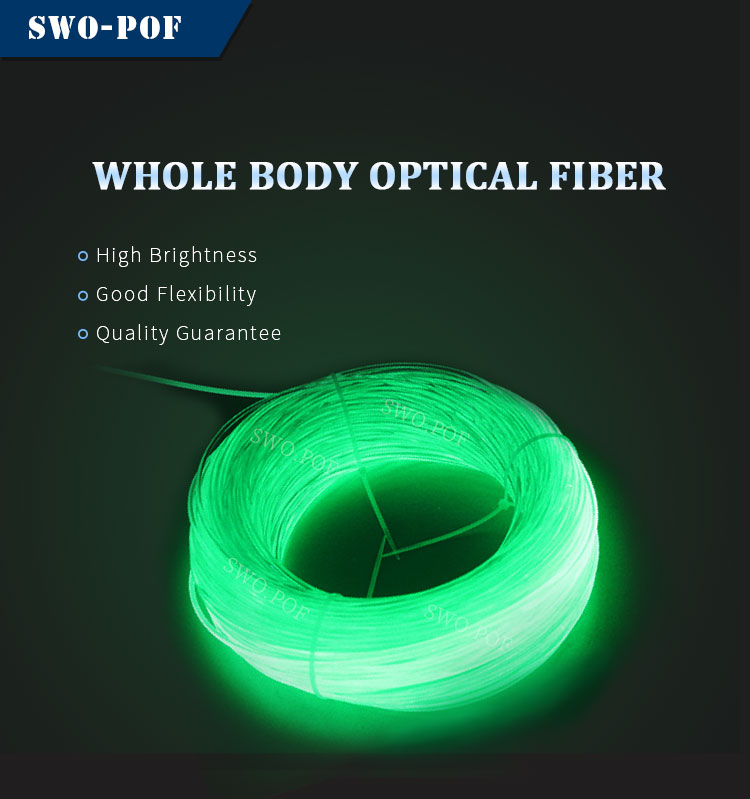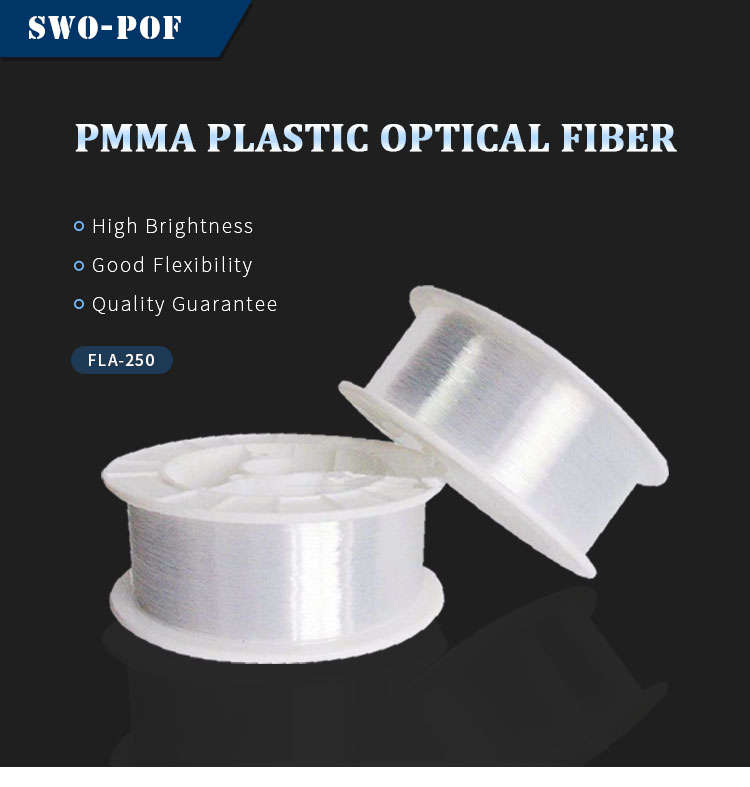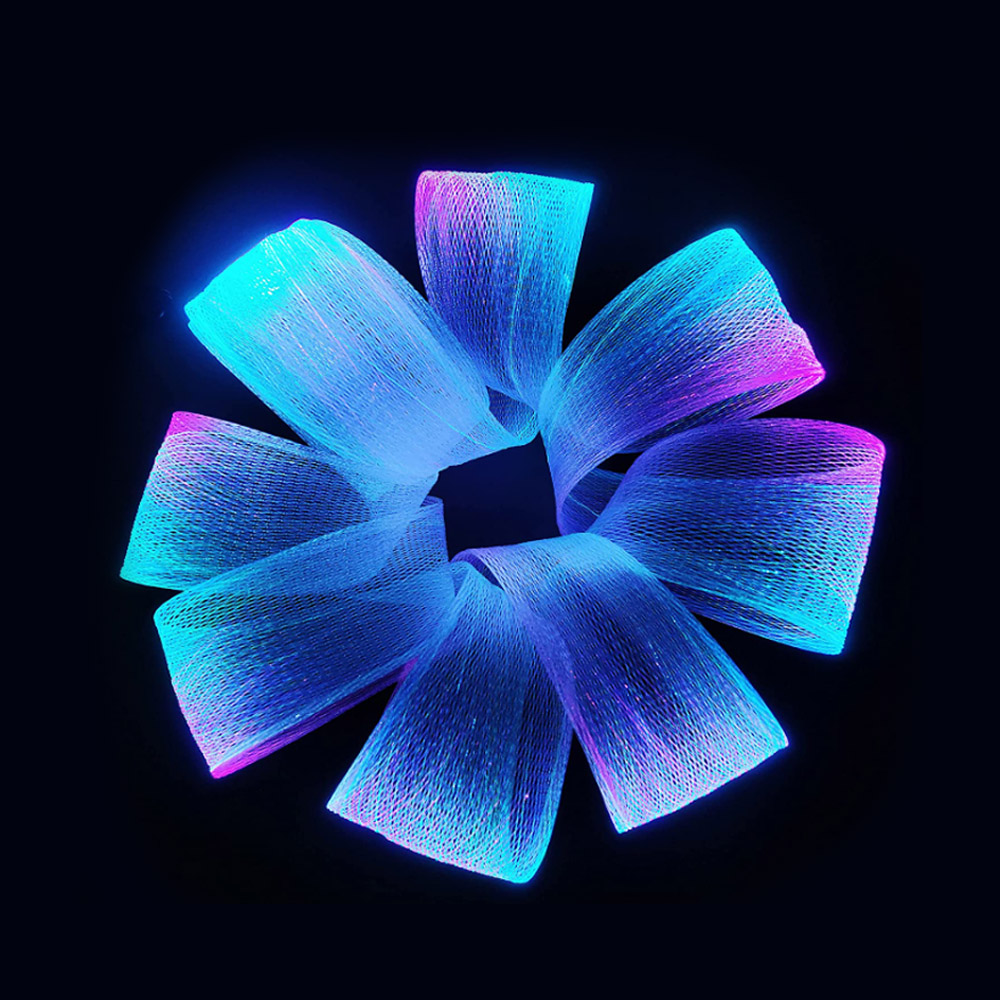In the field of optical fiber communication market, in addition to the familiar glass optical fiber, there is also a "popular version" player - plastic optical fiber, also known as POF. With its good flexibility, low cost and easy installation, it has occupied a place in short-distance transmission scenarios. The plastic optical fiber connector, the bridge connecting plastic optical fibers, makes such technology practical. This article will show you the various types, uses and usage methods of optical fiber connectors.

1. What are the types of plastic optical fiber connectors?
The main reason for the wide variety of plastic optical fiber connectors is that they are distinguished according to the interface shape, locking form and application scenario. The following are several common different types:
1. SMI (Small Multimedia Interface) connector
Features: Designed specifically for plastic optical fibers, it is small and exquisite, very suitable for home audio and video equipment.
Appearance: Similar to the USB interface, with a buckle design, easy to plug and unplug.
Applied to: short-distance signal transmission of high-definition TVs, game consoles, and audio systems.
2. MTRJ connector
Features: Dual-core structure (can transmit and receive signals at the same time), very suitable for more compact devices.
Appearance: square interface, fixed with metal buckles.
Applied to: small mutual switches, heavy industrial sensor Internet.
3. MTP/MPO connector

Features: Multi-core integration, need to support high-density wiring.
Appearance: rectangular interface, the outside can accommodate 12-core or 24-core optical fiber.
Application: data center - short-distance high-speed interconnection, server cluster.
4. Improved traditional connector
ST/SC type: interface for glass optical fiber, after continuous improvement, adapted to plastic optical fiber, spring buckle or push-pull locking.
Application: heavy industrial system automation, monitoring system and other scenarios that need to be compatible with traditional equipment and.
2. What is the use of plastic optical fiber connector?
The main function of plastic optical fiber connector is to provide plastic optical fiber with more rapid docking, relatively stable transmission and flexible expansion capabilities. Specific content application scenarios include:
1. Home and consumer electronics home theater: connect 4K TV, projector, audio system, and transmit lossless audio and video signals.
Smart home: used for high anti-interference transmission of the lighting control system and security cameras.
2. Car entertainment and leisure system: connect the central control screen and rear information display to avoid electromagnetic interference.
On-board sensors: Relatively stable data transmission in complex environments such as engine compartments.
3. Automation of industrial control manufacturing systems: Connect PLC controllers and robots, and tolerate oil and vibration environments.
Medical equipment: Short-distance signal transmission of endoscopes, monitors and other equipment.
4. Low-cost network
Short-distance LAN: 100M Internet wiring in offices, schools and other scenarios, the overall cost is only 1/3 of glass optical fiber
3. How to use plastic optical fiber connectors?
1. How to choose a connector? Select the type according to the scenario:
Choose SMI for home audio and video, choose durable ST/SC for industrial environments, and use MTP for high-density wiring
Pay special attention to the fiber parameters: match the fiber core diameter (the most common POF is 0.5mm or 1mm to avoid interface incompatibility.
2. Specific steps for installation
Cut the fiber: Use a special POF cutter to ensure that the end face is flat.
Thoroughly clean the end face: Wipe with non-woven cloth dipped in alcohol to avoid dust affecting the signal.
Insert the connector: aim at the interface and push it in gently. If you hear a "click" sound, it means that the lock is successful.
Test signal: Use a red light pen or optical power meter to detect the transmission quality.
3. Precautions for use

Avoid excessive bending: The slight bending radius of plastic optical fiber must be greater than 25mm to prevent light loss.
Dust and oil prevention: Unused interfaces must be covered with dust caps, and heavy industrial scenes must be cleaned regularly and thoroughly.
Temperature control: The operating temperature is strongly recommended to be between -40℃~85℃ to avoid high temperature and softening.
4. Basic maintenance tips
Regular inspection and: Use a microscope to carefully observe whether there are scratches on the end face every six months.
Replace aging parts: The plug-in life is about 1,000 times, and it is necessary to prepare in advance when used frequently.
CopyRight © Senwo technology . All Rights Reserved TEL:+86-717-4828268 网站地图